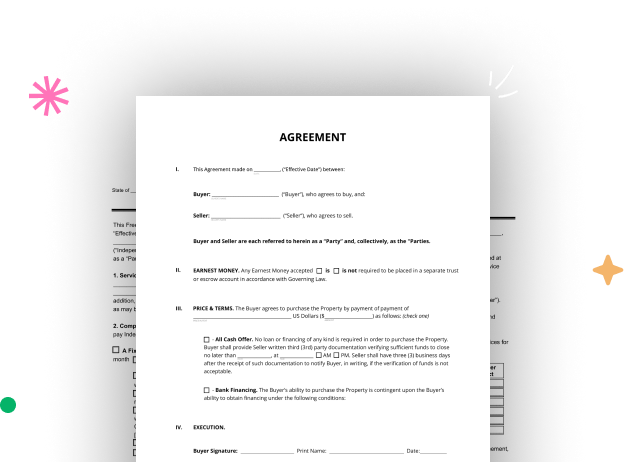

Begin by setting up a free DocHub account using any offered sign-up method. Simply log in if you already have one.
Try out the entire collection of DocHub's advanced tools by signing up for a free 30-day trial of the Pro plan and proceed to craft your Landlord Tenancy Agreement.
In your dashboard, choose the New Document button > scroll down and hit Create Blank Document. You will be taken to the editor.
Utilize the Page Controls icon marked by the arrow to toggle between different page views and layouts for more convenience.
Explore the top toolbar to add document fields. Insert and configure text boxes, the signature block (if applicable), embed images, etc.
Organize the fillable areas you incorporated per your chosen layout. Modify the size, font, and alignment to ensure the form is user-friendly and polished.
Save the completed copy in DocHub or in platforms like Google Drive or Dropbox, or design a new Landlord Tenancy Agreement. Distribute your form via email or get a public link to reach more people.